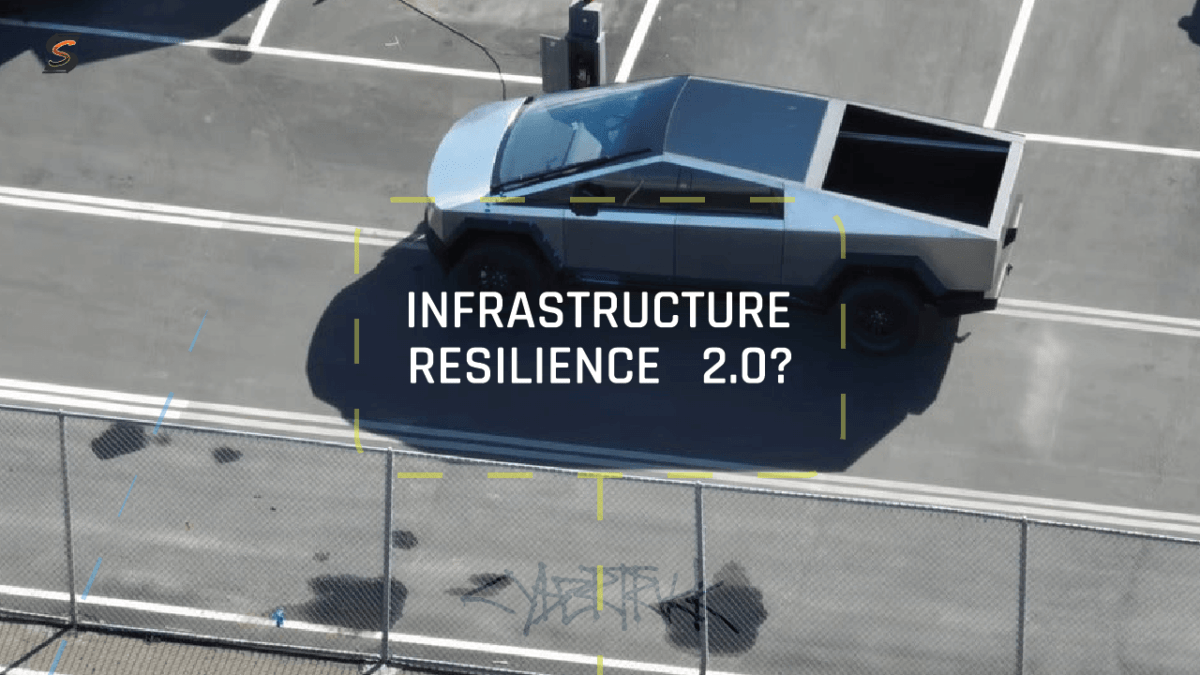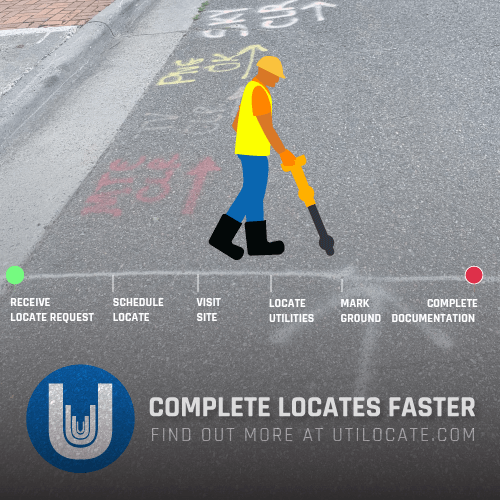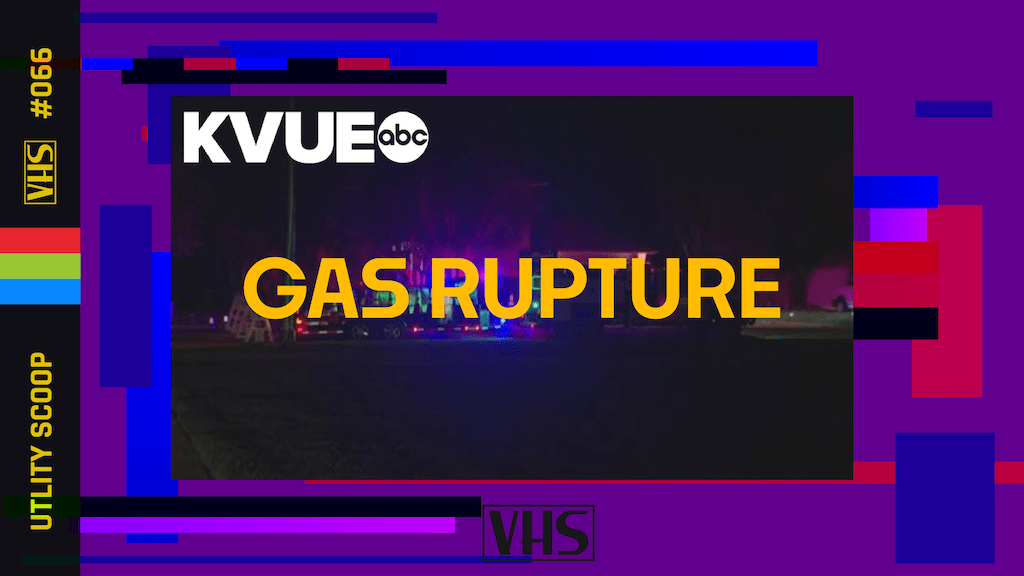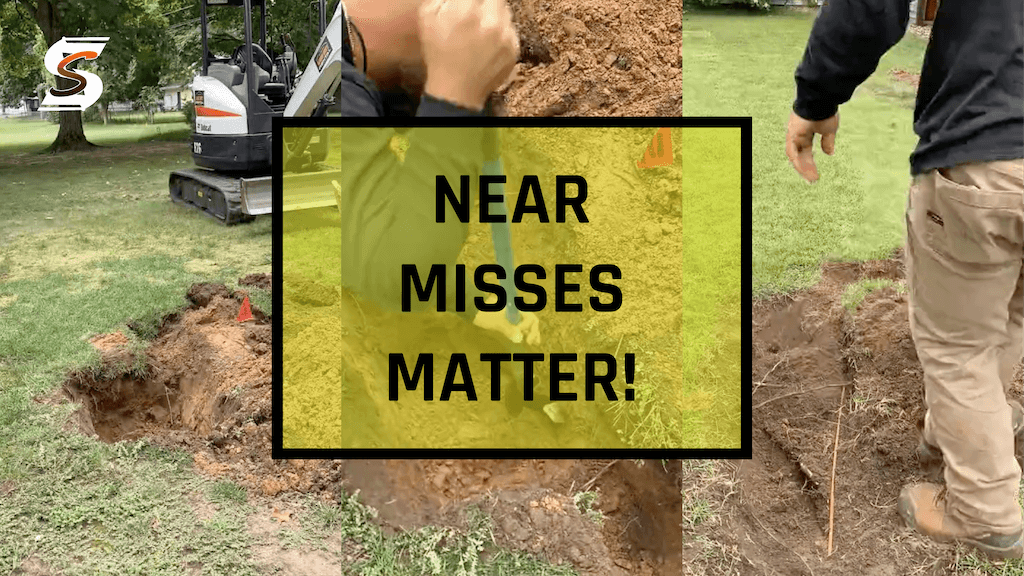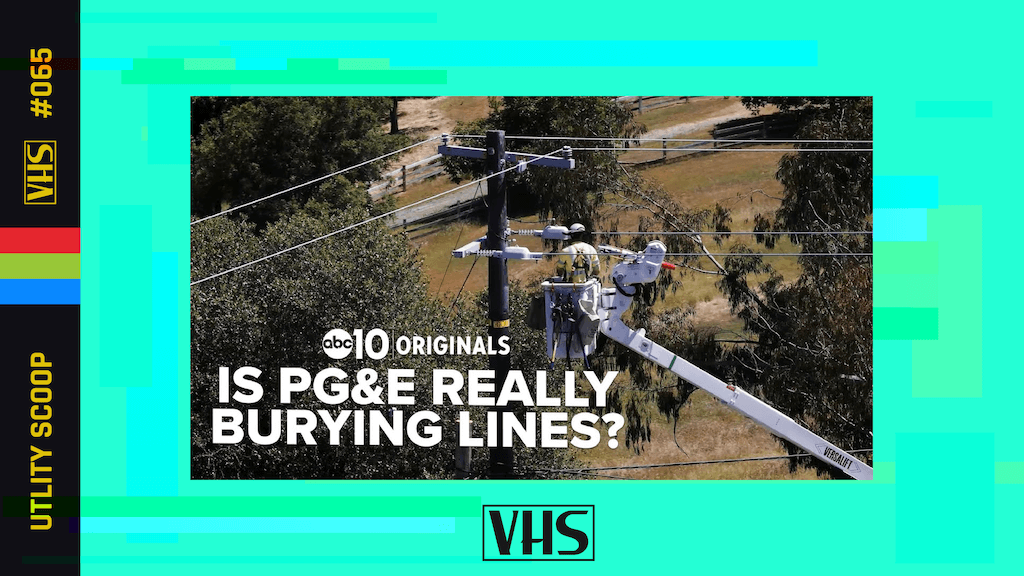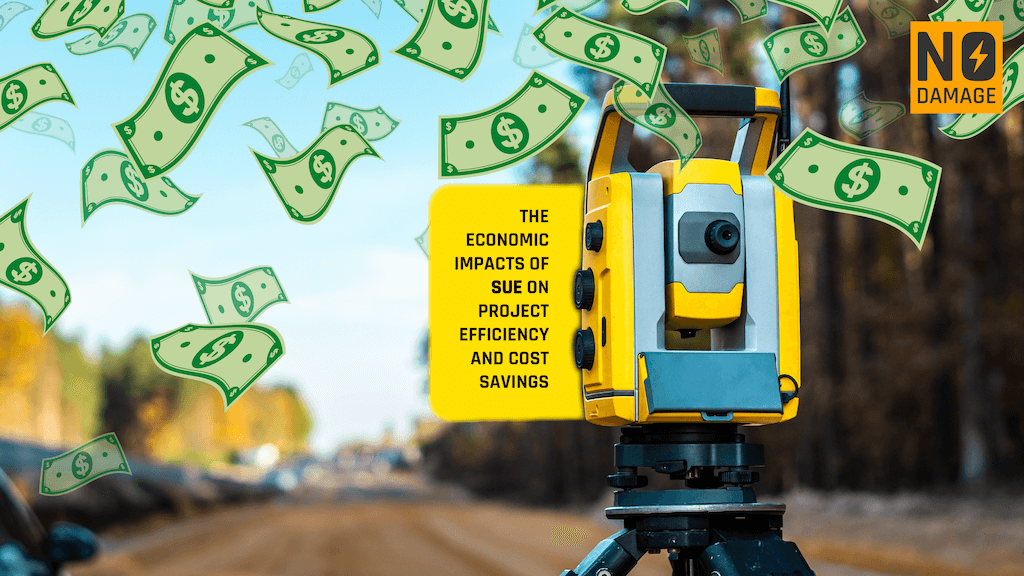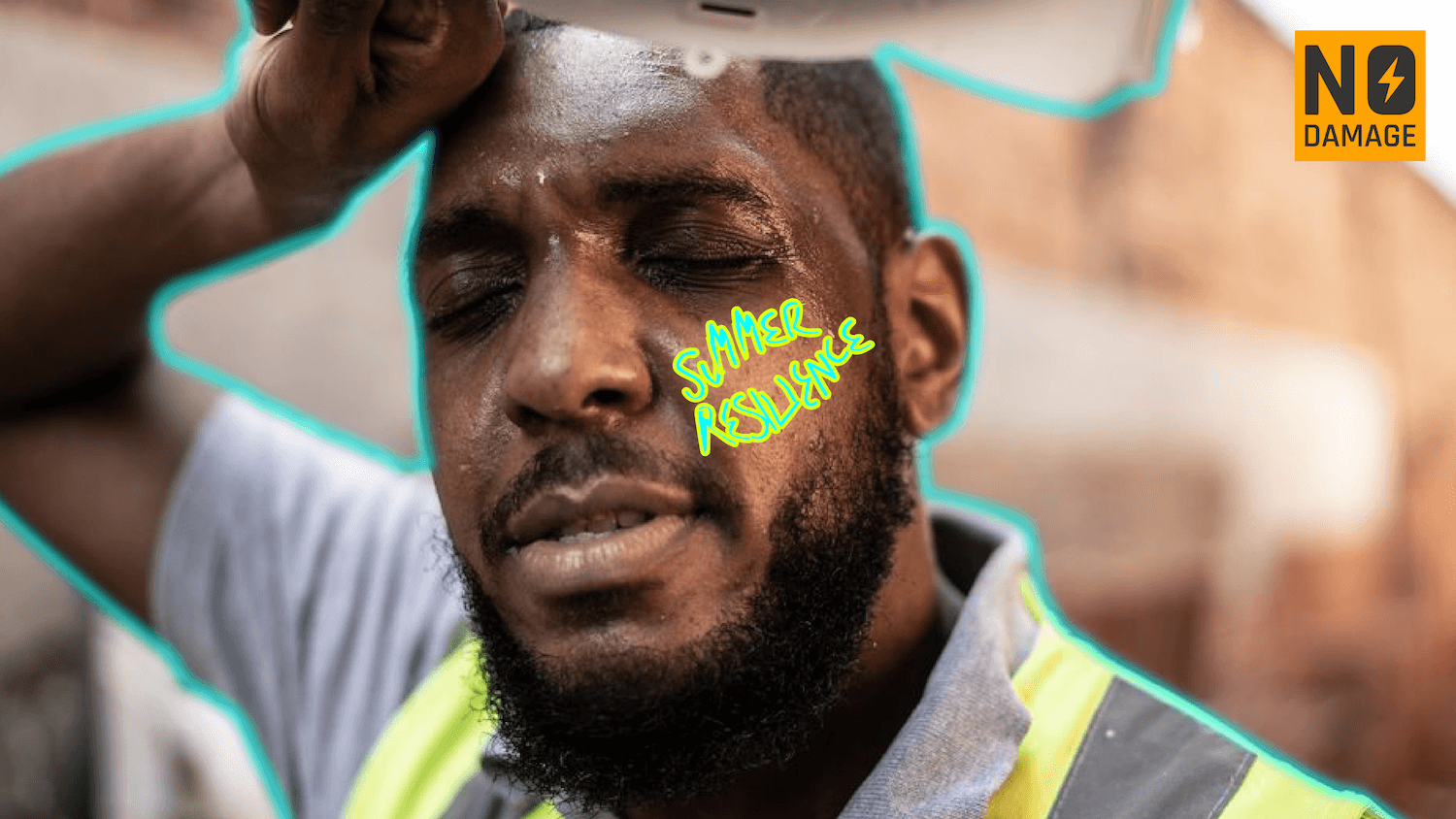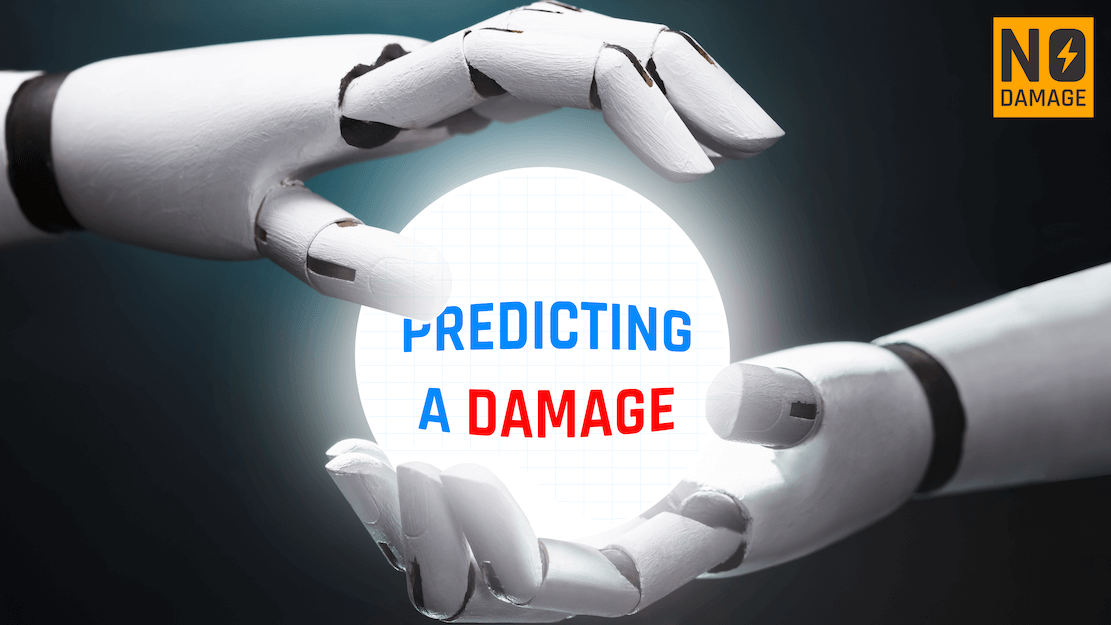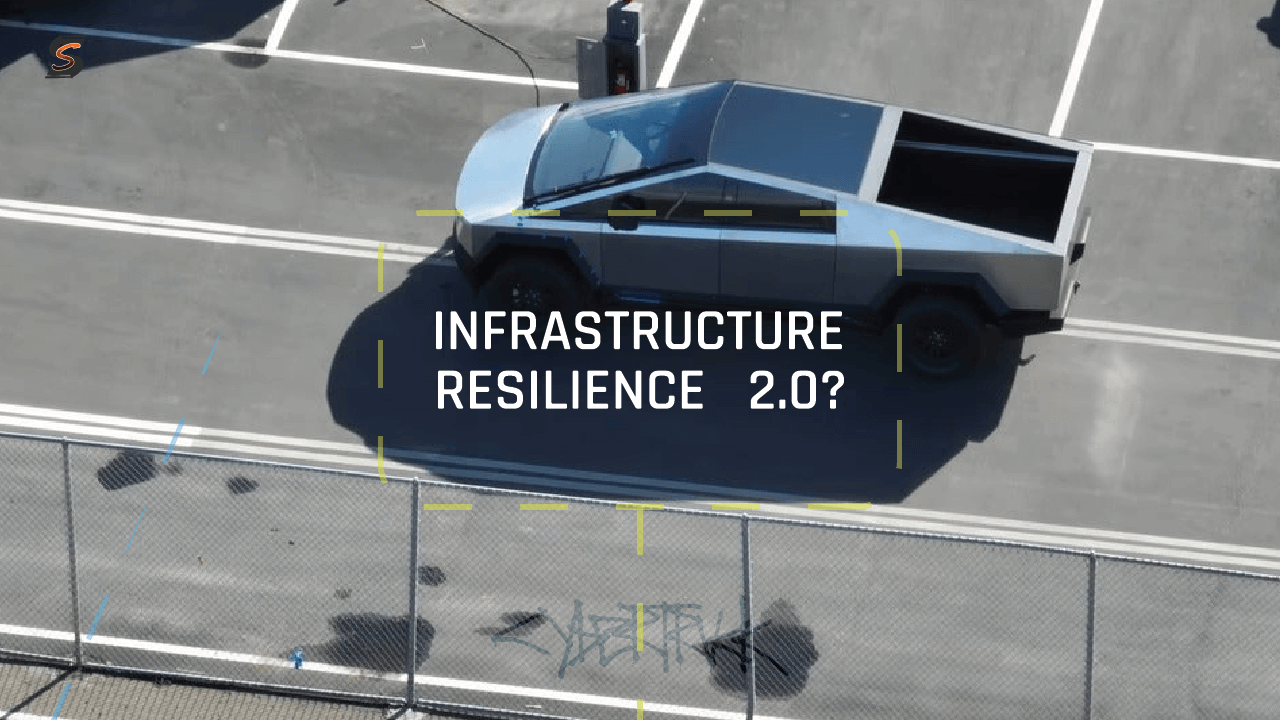
The video below by Jason Camissa on Tesla's Cybertruck sparked a wave of imaginative possibilities for me. Elon Musk's pursuit of a futuristic design, prompted by his son's question, “why doesn’t the future look like the future?” - led to groundbreaking innovations like the stainless steel exoskeleton and cutting-edge technologies such as the 48-volt system and steer-by-wire technology. But rather than reviewing the Cybertruck, I want to discuss how we can break free from the norm and minimize damages.
Engineers at Tesla challenged conventions, creating a revolutionary 48V system that showcases the power of internal innovation. During a recent roundtable I was on with Itzik Malka from 4M Analytics, he proposed a rebrand from Damage Prevention to Infrastructure Resilience 2.0 in order to reflect our evolution as an industry and project a more positive vibe. And so here I’m going to throw out some ideas that we as an industry can adopt and implement to reflect making a fresh start. Much like the Tesla engineers we’re at a pivotal meeting of disruption, emerging technologies, and legacy formats which will reinvigorate damage prevention or whatever you want to call it.
Here’s my pitch for what Infrastructure Resilience 2.0 could look like:
"Infrastructure Resilience 2.0 marks a monumental shift in safeguarding utility infrastructure. It advocates for a transformative approach to data management and locate coordination, all while ensuring safety remains our top priority.
This vision entails leveraging advanced technology and a data-handling paradigm shift to enhance accuracy, preempt potential risks, and foster a proactive stance in damage prevention. By streamlining data exchange among stakeholders, it aims to fortify safety measures while optimizing utility protection protocols.
This forward-looking concept envisions technological advancements bolstering our capacity to prevent damages significantly. It heralds a proactive approach to prevention rather than reactive responses."
So what would change?
Specifically, I propose rebranding One Call Centers to reflect their new role as data centers and providing them with real-time data straight from the field. This would revolutionize how we handle tickets and promote seamless data sharing. Wiith the growing IoT and solutions like FiberSense this could happen faster than you think.
I also foresee wider adoption of Reality Capture technology for detailed site mapping and utility inspection. I was just reading about 3D Line Locating starting to use it on xyht.com: “3-D Line Locating, a utility and pipeline damage prevention solutions company, created a buzz with its NavVis VLX wearable mobile mapping system that offers highly detailed reality capture data for indoor and outdoor sites. The SLAM-based system is equipped with two, 32-layer lidars, each of which capture 1.2 million points per second and four cameras positioned on top of the device that take high-resolution images in every direction for a complete 360-degree image.
The company had only received the system a few weeks before the show, so it hadn’t been field tested yet. However, Michael Mayr, the company’s owner, confidently predicts that it will transform utility mapping and pipeline inspection and improve data deliverables by enabling crews to merge the above ground with the underground with exceptional real-world detail.”
Moreover, Locate Ticket Management solutions like Utilocate will evolve to become even more comprehensive. Gone are the days of just handling tickets - TMS’ will need to be able to provide more integration and automations including: risk analysis, live user info, AI intelligence, map updating, and advanced hardware integration. Essentially they’ll become internal data centers where reality capture, ticket info and utility information are gathered, organized and automated.
While traditional paint practices might persist due to legal requirements, I anticipate the rise of digital white lining including integration with mapping tools and wands.
Drones will become more useful and be used for site documentation, map / streetview building, and integrity checks. I don’t think we’re going to have drones spraying paint anytime soon.
Ultimately, Infrastructure Resilience 2.0 embodies a transformative mindset, embracing technology and innovation to elevate our industry's capacity for damage prevention and utility protection. Let me know what you think?
Share this Post

